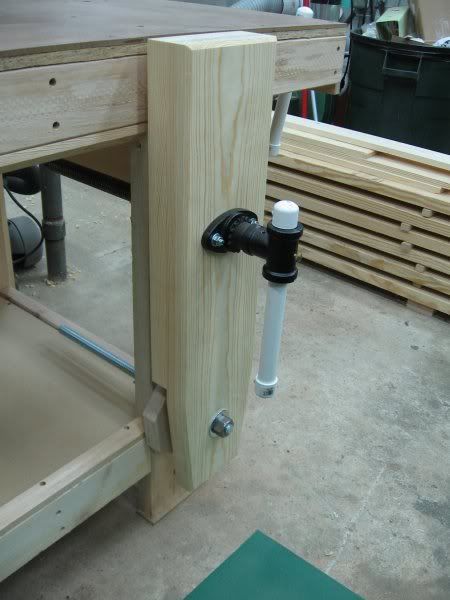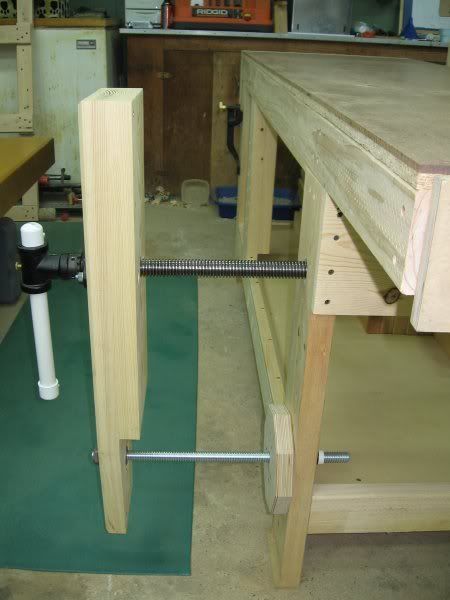There are two thing that I have picked up from reading this and other forums: 1) I really really need a workbench, and 2) I should start with something simple and build something nice in a few years when my skills have improved.
I have seen several simple plans that use 2 layers of MDF for a workbench surface. I am particularly leaning toward a modified version of this bench featured on FWWs Getting Started in Woodworking
http://images.taunton.com/downloads/GSIW_workbench.pdf
It seems like a decent bench but I am concerned about using lag screws to attach a heavy woodworking vise to MDF. Won't the lag screws rip out if I clamp something heavy or apply considerable pressure to the vise? Is there a better way to attach the vise or do I have nothing to worry about?
thanks,
CD
I have seen several simple plans that use 2 layers of MDF for a workbench surface. I am particularly leaning toward a modified version of this bench featured on FWWs Getting Started in Woodworking
http://images.taunton.com/downloads/GSIW_workbench.pdf
It seems like a decent bench but I am concerned about using lag screws to attach a heavy woodworking vise to MDF. Won't the lag screws rip out if I clamp something heavy or apply considerable pressure to the vise? Is there a better way to attach the vise or do I have nothing to worry about?
thanks,
CD




 Black wallnut
Black wallnut
Comment